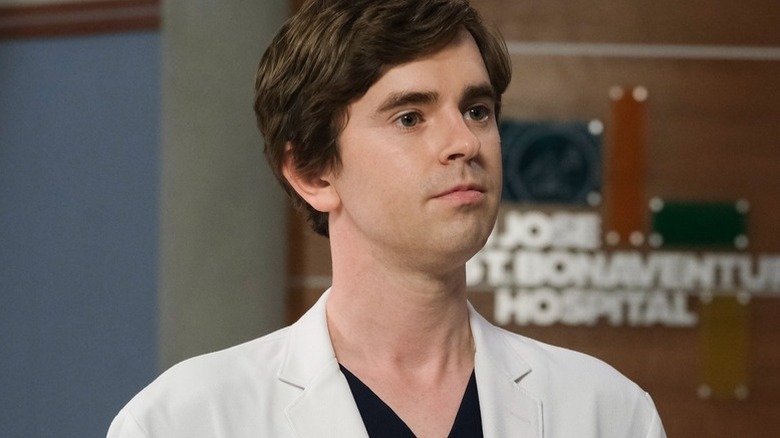
Shaun Murphy is a character unlike any other in the medical drama genre. His autism shapes his interactions, thought processes, and approach to problem-solving, making him both an exceptional doctor and a unique individual. Shaun’s savant syndrome grants him extraordinary abilities, such as a photographic memory and an unparalleled capacity to visualize complex medical conditions. These talents allow him to diagnose cases that baffle even seasoned physicians, as seen in episodes where he identifies rare conditions through unconventional reasoning. However, the show does not reduce Shaun to his abilities alone. It also portrays the challenges he faces—difficulty with social cues, sensory sensitivities, and the constant need to prove himself in a skeptical world. This balanced depiction makes Shaun relatable, humanizing autism in a way that resonates with viewers.
One of the most significant ways The Good Doctor champions neurodiversity is by confronting stereotypes head-on. Early in the series, Shaun’s colleagues at San Jose St. Bonaventure Hospital question his competence, reflecting common misconceptions about autism. Dr. Marcus Andrews, for instance, initially doubts Shaun’s ability to handle the emotional and social demands of surgery. These reactions mirror real-world biases, where neurodivergent individuals are often underestimated or marginalized. Over time, however, Shaun’s brilliance and dedication win over his peers, forcing them to reassess their assumptions. This narrative arc is a powerful metaphor for societal change, encouraging viewers to look beyond labels and recognize the potential in everyone.

Beyond Shaun’s individual story, The Good Doctor explores the importance of community in fostering inclusion. Shaun’s relationships with his mentors, Dr. Aaron Glassman and Dr. Claire Browne, are central to the series. Glassman, who has known Shaun since childhood, serves as both a father figure and an advocate, pushing him to overcome obstacles while respecting his autonomy. Claire, on the other hand, evolves from a skeptical colleague to one of Shaun’s closest allies, learning to appreciate his unique perspective. These dynamics illustrate that acceptance is a two-way street, requiring effort and openness from both neurodivergent and neurotypical individuals. The show also highlights the role of workplace accommodations, as Shaun’s colleagues adapt to his needs, such as providing clear communication or minimizing sensory overload, demonstrating practical ways to support neurodiversity.
The Good Doctor also uses its medical framework to draw parallels between physical and neurological differences. Just as patients with rare conditions require specialized care, Shaun’s autism demands understanding rather than judgment. In one poignant episode, Shaun connects with a patient who, like him, feels misunderstood, creating a moment of mutual empathy that underscores the show’s core message: everyone deserves to be seen and valued. These storylines resonate with audiences, particularly in an era where discussions about mental health and inclusion are increasingly prominent. By weaving neurodiversity into its narratives, The Good Doctor normalizes conversations about autism, making it a cultural touchstone.
The series’ global impact further underscores its significance. Adapted in countries like South Korea and Japan, The Good Doctor has sparked conversations about neurodiversity in diverse cultural contexts. Its universal themes—striving for acceptance, overcoming prejudice, and finding one’s place in the world—transcend borders, making Shaun’s journey a beacon of hope for viewers worldwide. The show’s popularity also reflects a growing demand for authentic representation in media. For many neurodivergent individuals and their families, Shaun Murphy is a rare and affirming portrayal, offering validation and visibility in a landscape where such characters are still underrepresented.
In conclusion, The Good Doctor is more than a medical drama; it is a cultural milestone that elevates the conversation around neurodiversity. Through Shaun Murphy’s triumphs and struggles, the series dismantles stereotypes, fosters empathy, and inspires change. Its heartfelt storytelling and authentic representation make it a powerful force for good, reminding us that everyone has a story worth telling. As Shaun continues to navigate the complexities of medicine and life, he paves the way for a more understanding world, one episode at a time.
